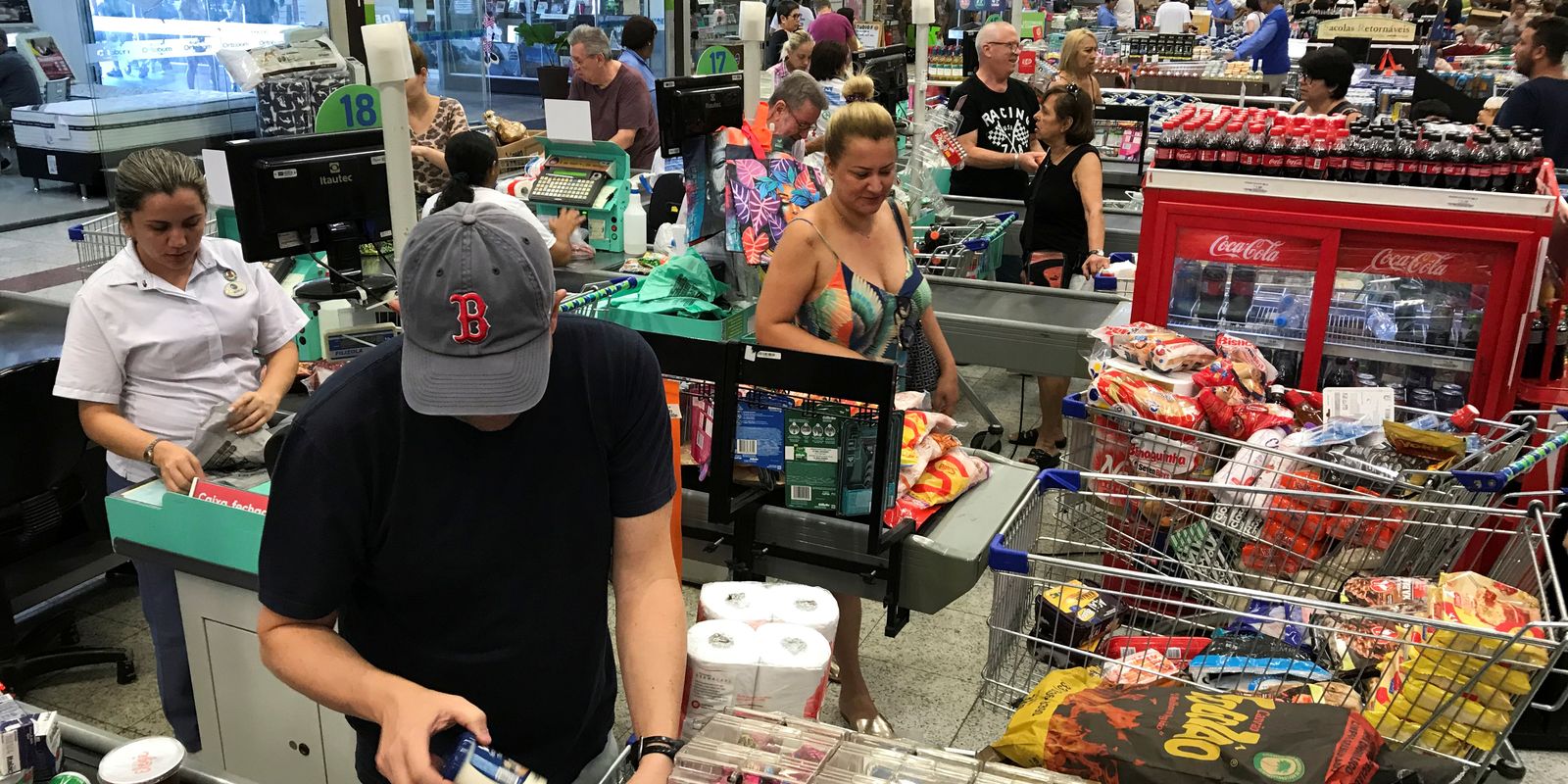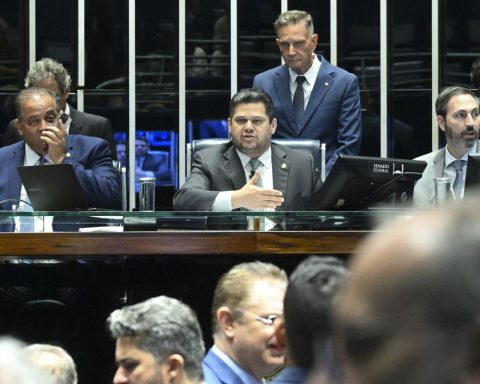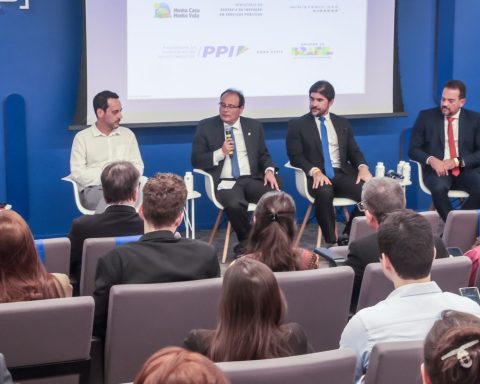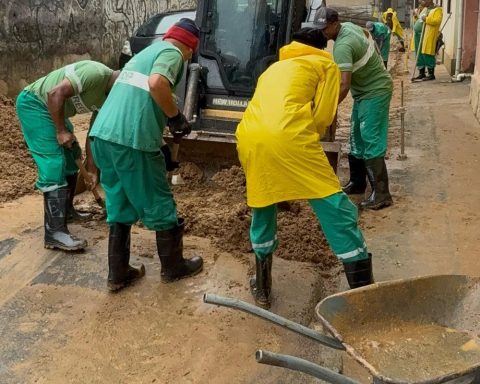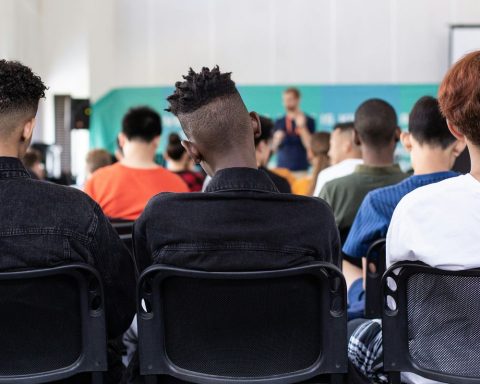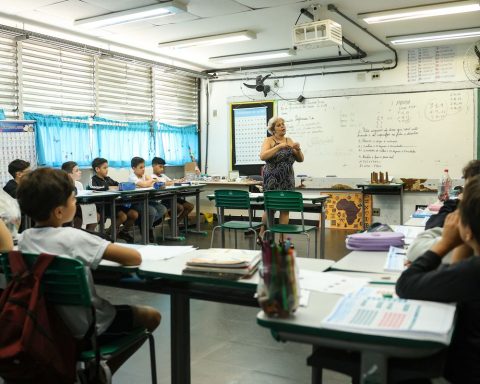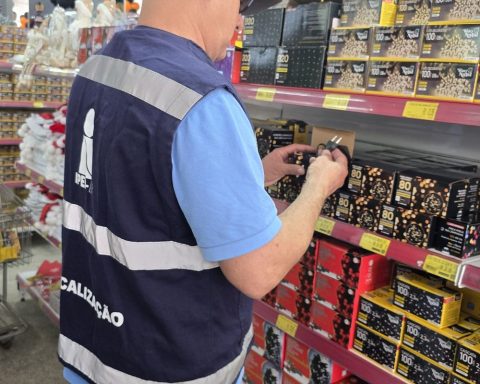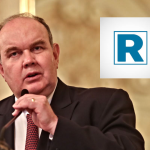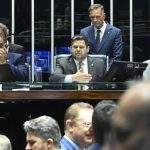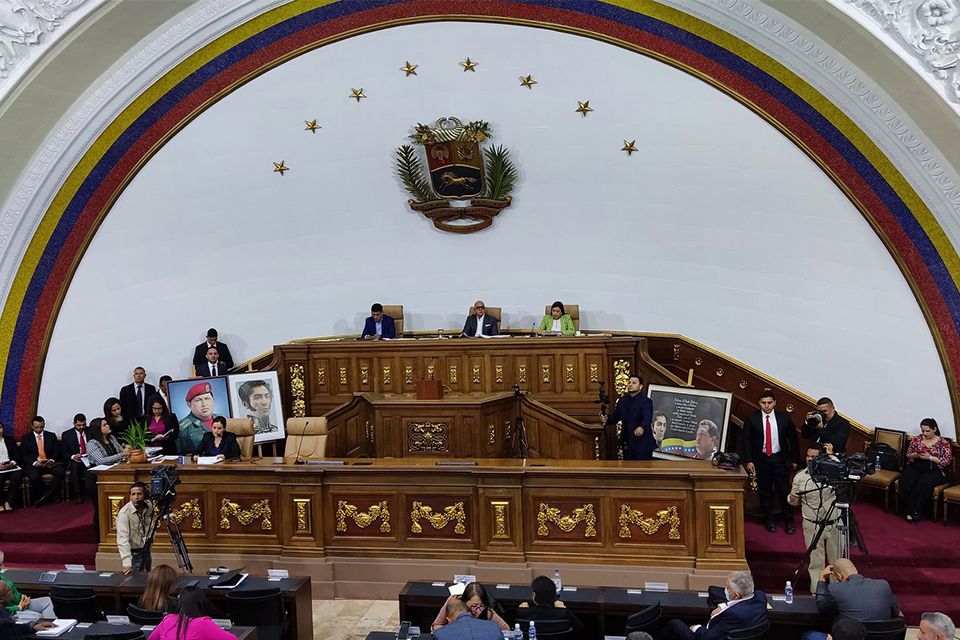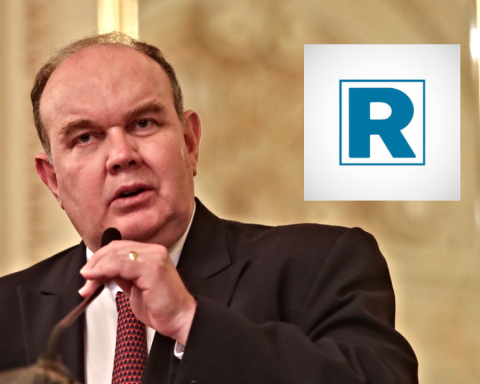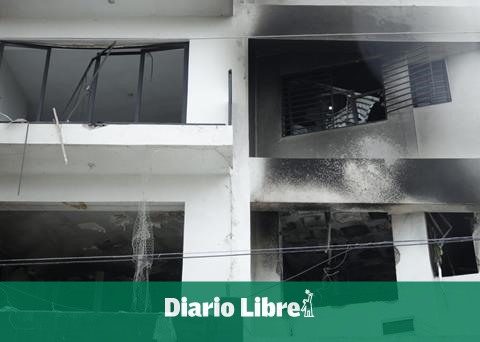Inflation slowed for low and very low income families in July, but rose again among other classes compared to June. This is what the Ipea Inflation Indicator by Income Group for July indicates, released this Wednesday (14), in Rio de Janeiro, by the Institute of Applied Economic Research (Ipea).
Data from Ipea indicate that the inflation rate for high-income families was 0.80% last month, compared to 0.04% in June. Among very low-income and low-income families, the rates were, respectively, 0.09% and 0.18% last month, falling compared to the 0.29% rate in June.
Very low-income families continue to have the lowest accumulated inflation rate over 12 months (4.05%), while the high-income bracket has the highest rate (5.09%).
The food and beverage group was the main point of inflationary decompression for all income brackets, given the price drop observed in 10 of the 16 segments that make up this set of products.
Deflations
The deflations recorded in important items such as cereals (-0.77%), tubers (-16.3%), fruits (-2.8%), poultry and eggs (-0.65%) and milk and dairy products (-0.41%), among others, caused strong inflationary relief, especially for families with lower purchasing power, given the proportionally larger share of their budget spent on purchasing these goods.
In turn, the 1.9% adjustments in the price of electricity, impacted by the adoption of the yellow tariff flag, and the 1.2% adjustments in bottled gas explain the positive contribution of the housing group to July’s inflation, especially among lower-income families.
High-income families were hit hardest by the 3.3% increase in fuel prices, 4.4% in vehicle insurance and 19.4% in airfares, which were the main causes of the strong impact of the transportation group on inflation among high-income families in July. The increase in personal services (0.55%) and leisure services (0.52%) also helps to explain the more intense inflationary pressure for higher-income segments.
Compared to July 2023, the data reveal an increase in current inflation for all income brackets, with a more intense impact among very low-income families – who observed a 0.09% increase in the rate in July of this year and a deflation of 0.28% in the same period of 2023.
Housing
According to Ipea, even with the improvement in the performance of food at home, whose deflation in July 2024 (-1.5%) was more pronounced than that observed in July 2023 (-0.72%), the increase in current inflation is largely explained by the worsening performance of the housing and household goods groups, in addition to a less intense deflation of the clothing group. In the first case, the increases in the prices of electricity (1.9%) and bottled gas (1.2%) in 2024 were well above the drops indicated in 2023: -3.9% and -1.0%, respectively.
For the household goods group, the 0.29% drop in the prices of electronic products, observed in 2023, contrasts with the 0.62% adjustment in July 2024. Finally, in relation to the clothing group, it is noted that the 0.02% deflation observed in July 2024 was below that indicated in the same period in 2023 (-0.24%).
The accumulated inflation over 12 months, with data from July 2024 incorporated, shows that all income classes recorded an acceleration in their growth curve. In absolute terms, the low-income segment has the lowest inflation rate (4.1%), while the high-income bracket has the highest rate in the period considered (5.1%).
